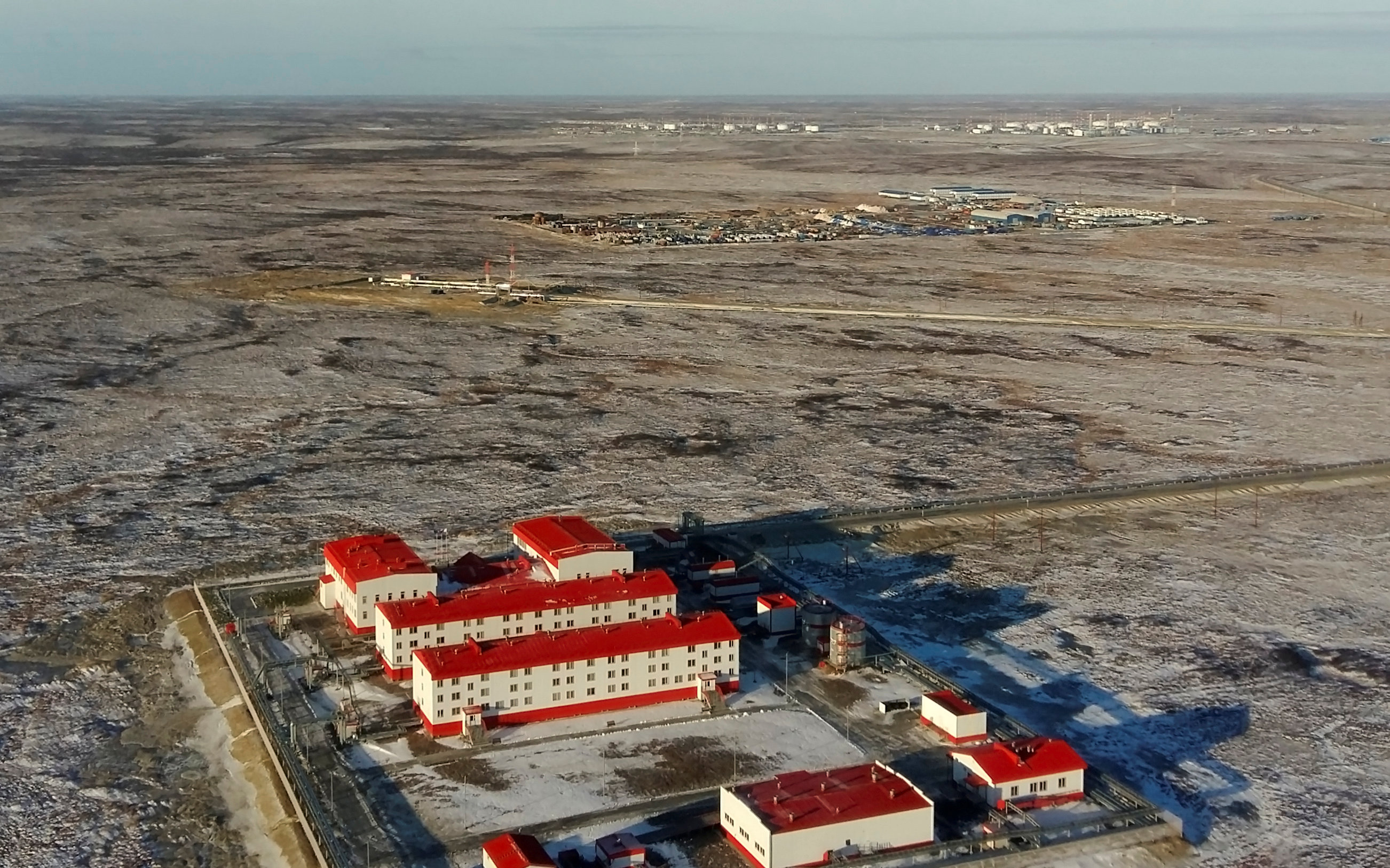Oil dips as OPEC, Russian output rises ahead of production cut

LONDON — Global oil prices slipped on Tuesday as data showed crude output rose in most major export regions despite plans by OPEC and Russia to cut production, triggering fears the fuel glut that has dogged markets for over two years might last well into 2017.
International Brent crude oil futures fell 99 cents to trade at $53.95 a barrel by 1330 GMT while U.S. West Texas Intermediate crude was at $50.73 a barrel, down $1.06.
Analysts said the boon from last week’s OPEC decision, which helped boost prices by about 15 percent, has faded as they look to factors that may undermine the cartel’s promise such as record production, Saudi Arabia’s plans and the reaction of U.S. shale oil producers.
“Most of the position adjustments that the OPEC decision forced upon traders have now run their course and it leaves the market exposed to profit taking,” said Ole Hansen, head of commodities strategy at Saxo Bank.
OPEC’s oil output set another record high in November, rising to 34.19 million barrels per day (bpd) from 33.82 million bpd in October, according to a Reuters survey.
Russia reported average oil production in November of 11.21 million bpd, its highest in nearly 30 years. That means OPEC and Russia alone produced enough to cover almost half of global oil demand, which is just above 95 million bpd.
Instilling further doubts about OPEC’s ability to really cut output, sources told Reuters that Saudi Arabia and Kuwait may agree to resume oil production from jointly held fields in a neutral zone between the two countries.
“Amid other wild cards, e.g. Libyan and Nigerian production, a potential Neutral Zone restart adds to the uncertainty around just what the impact of the recent OPEC decision will be,” JBC analysts said, referring also to the two African OPEC members who were exempt from the round of cuts and may increase output.
Market watchers had said OPEC’s decision to cut output marked an about-turn for Saudi Arabia, which has been battling to keep its market share for the past two years by selling more, if cheaper, barrels rather than bolstering prices.
But in a sign the fight for market share is not over, Saudi Aramco cut the January price for its Arab Light grade for Asian customers by $1.20 a barrel from December.
Meanwhile, Glencore chief Ivan Glasenberg reflected some fears in the market when he said prices could drop to $35 should U.S. shale producers ramp up their own output though he hoped they would instead be “responsible.”
Many shale oil producers have suffered as low oil prices fell below their own production break-even levels and so may hope to boost their output following the recent price rise.
As part of last week’s decision, OPEC said major oil producers outside the group would cut 600,000 bpd of production on top of OPEC’s 1.2 million bpd reduction. Those countries and OPEC are due to meet this weekend to finalize the terms.
Additional reporting by Henning Gloystein in Singapore and Polina Devitt and Anastasia Lyrchikova in Moscow.